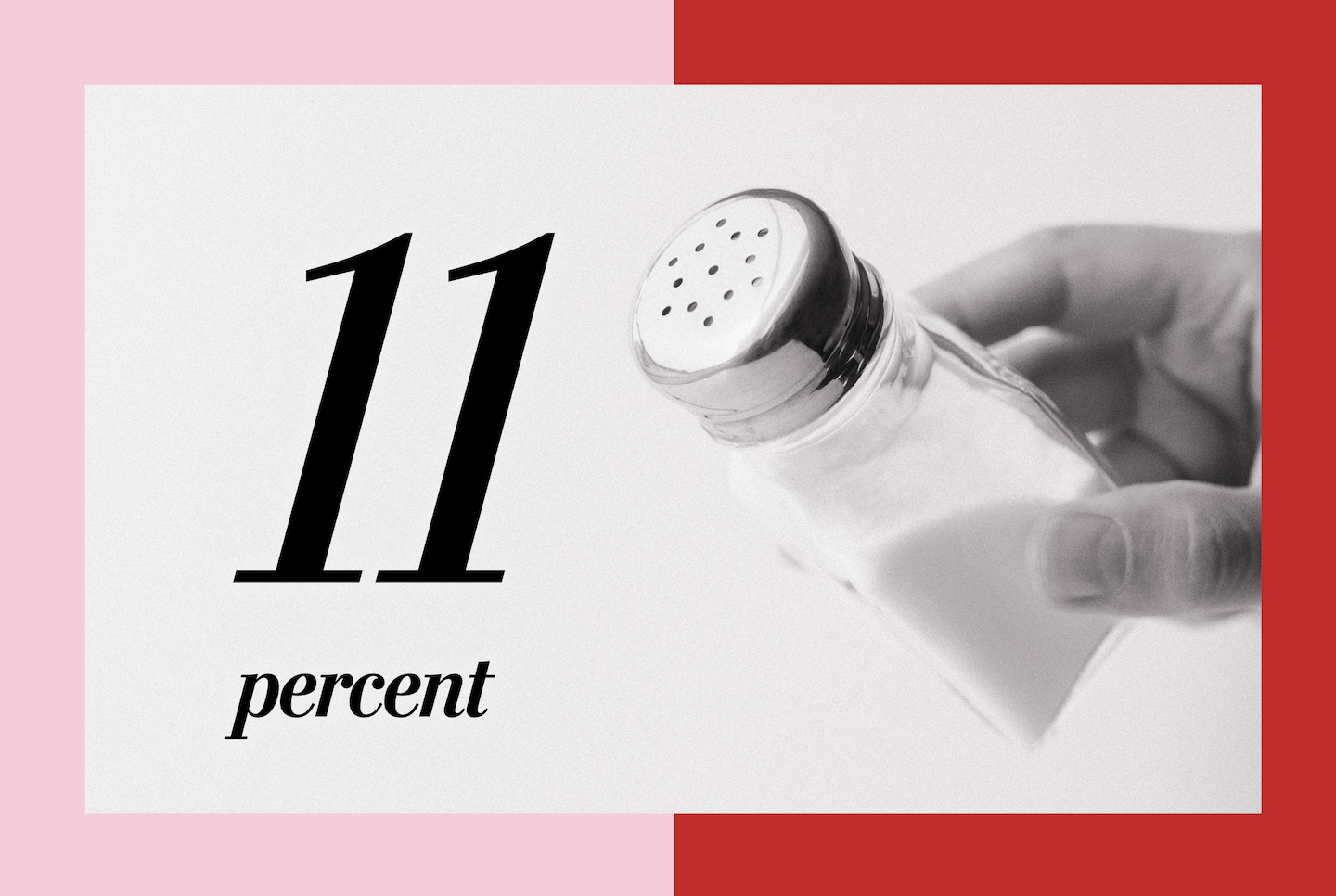If the disease progresses to total kidney failure, dialysis or a kidney transplant may be needed. The study, published in the journal JAMA Network Open, involved 465,288 people, ages 37 to 73, who did not have kidney disease at the start of the study and whose health and eating habits were tracked for more than a dozen years. In that time, 22,031 participants developed kidney disease.
Overall, the researchers found that the more often study participants added table salt to their food, the more likely they were to develop kidney disease.
Compared with participants who rarely or never added extra salt, those who said they sometimes added salt to their food were 4 percent more likely to develop kidney disease, with the risk increasing to 7 percent for those usually adding it and 11 percent for those who said they always added salt to their food.
“Reducing the frequency of adding salt to foods at the table,” the researchers wrote, “might be a valuable strategy to lower [chronic kidney disease] risk in the general population.” In other words, put down the salt shaker.
This article is part of The Post’s “Big Number” series, which takes a brief look at the statistical aspect of health issues. Additional information and relevant research are available through the hyperlinks.
Getting You Seen Online
Thank You! Source link
